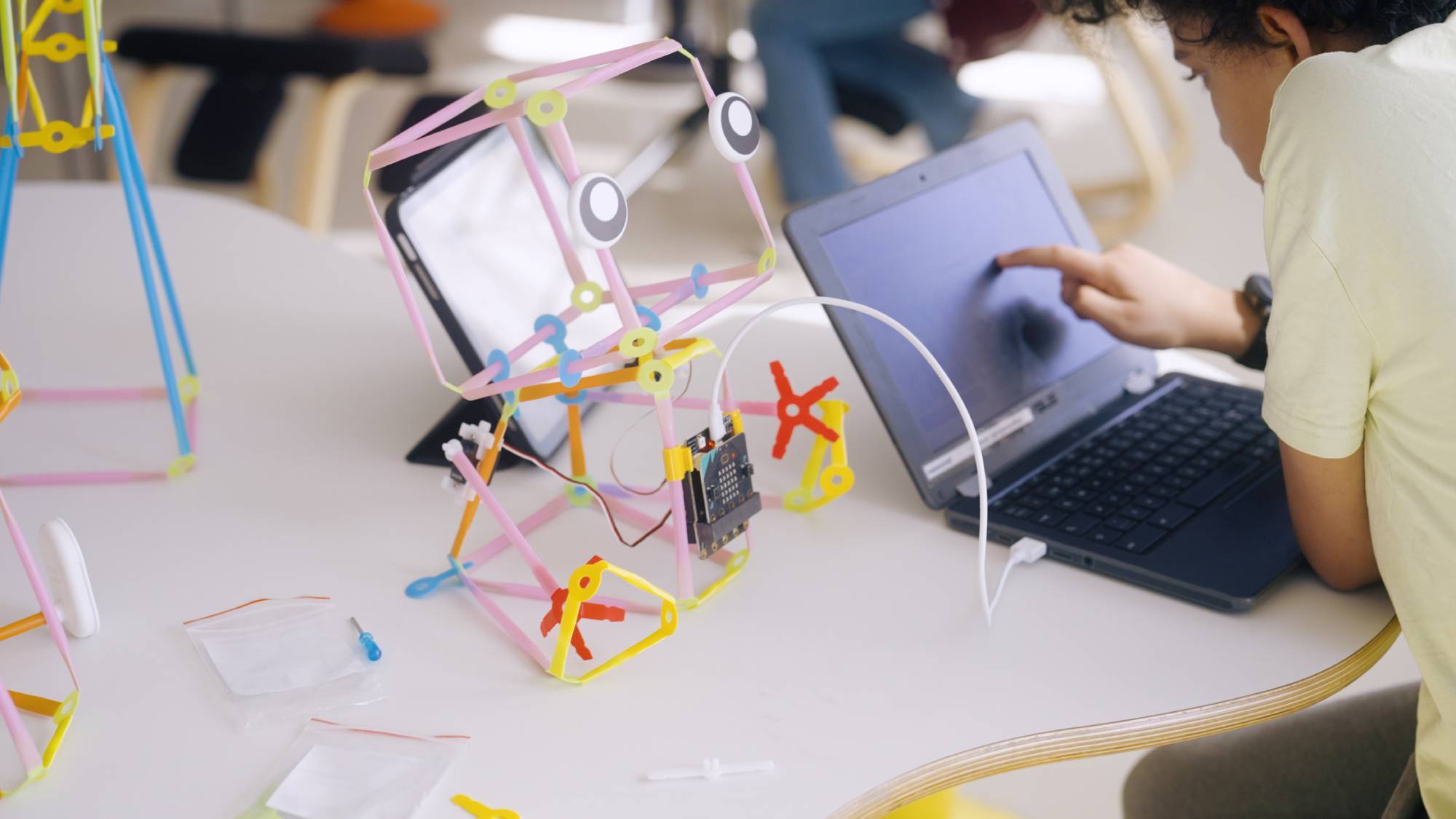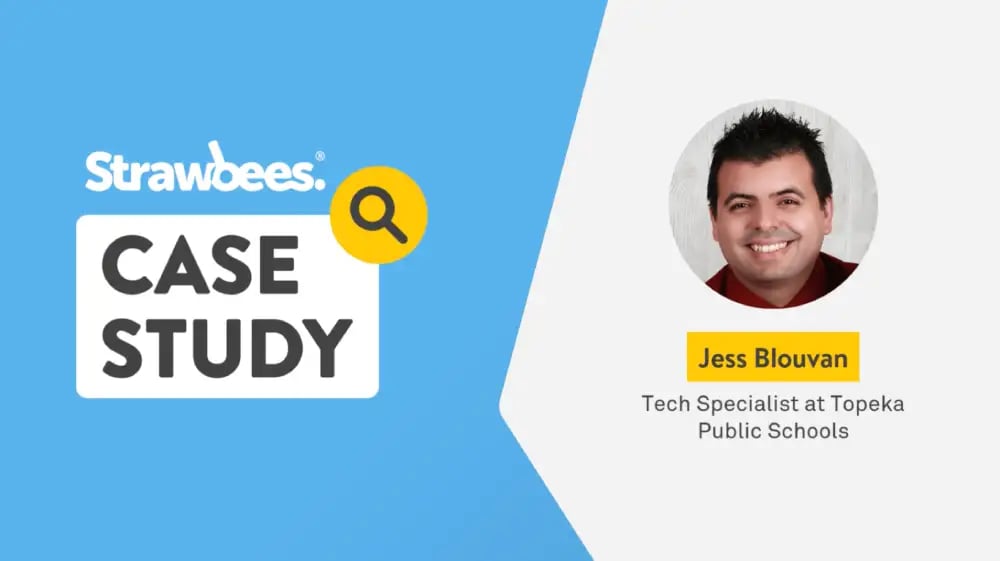Preparing Students for a Digital Future
Computer Science is at the heart of modern STEM education, equipping students with critical problem-solving, computational thinking, and coding skills.
Integrating STEM principles into computer science curricula strengthens interdisciplinary learning, fosters innovation, and prepares students for high-demand careers in technology.
Schools that incorporate hands-on projects, robotics, and real-world applications into their computer science programs help students build essential skills for success in the digital economy.
Three Key Benefits of STEM in Computer Science Departments
There are many reasons to implement STEM in Computer Science Departments but we've highlighted three primary reasons below including enhancing computational thinking and problem-solving, promoting interdisciplinary learning, as well as preparing students for advanced STEM careers.
Main Reasons to Implement STEM:
Enhancing Computational Thinking and Problem Solving
What we know:
- STEM-focused computer science programs encourage logical reasoning and algorithmic problem-solving.
- Hands-on coding projects improve student engagement and understanding of complex programming concepts.
- Research from the Computer Science Teacher's Association (CSTA) highlights that students who engage in computational thinking perform better in STEM disciplines.
Promoting Interdisciplinary Applications of Computer Science
What we know:
- STEM-integrated computer science enables students to apply coding and technology to various fields, including engineering, medicine, and environmental science.
- Projects such as data analysis in biology or AI-driven modeling in physics help students see the broader applications of programming.
- A study from the National Science Foundation (NSF) shows that experiment-centric pedagogy enhances student motivation.
Preparing Students for High-Demand STEM Careers
What we know:
- Coding, cybersecurity, and AI are among the fastest-growing career fields, emphasizing the need for strong computer science foundations.
- Hands-on STEM activities in computer science classes prepare students for certifications, internships, and industry collaboration.
- According to the U.S. Bureau of Labor Statistics, computer science-related jobs are projected to grow significantly over the next decade.
STEM-Driven Computer Science Departments
Strawbees has collaborated with schools to introduce hands-on, project-based learning in computer science classrooms. Through robotics, coding challenges, and interactive design, students develop computational skills in engaging and innovative ways.
By using Strawbees tools in coding challenges and computational thinking exercises, schools have transformed traditional computer science courses into interactive learning experiences.
Topeka Public Schools
The dynamic nature of STEM education creates additional challenges for computer science departments. Constant advancements in computer science mean teachers need to stay flexible. Jess Blouvan, Tech Specialist at Topeka Public Schools, implemented Strawbees with micro:bit across multiple grade levels to consistently engage students, filling the critical gaps in STEAM education.
What Teachers Say
Here’s what educators and teachers are saying about their experiences:
“Strawbees is one of those things that, because of it's flexibility and the price point, it's already an all-in-one package.”

Jess Blouvan
Tech Specialist at Topeka Public Schools
“I highly recommend Strawbees for anyone looking to get their hands into some physical engineering fun and creative exploration.”

Christopher Brown
Media Center Teacher at UTICA Community Schools
“Strawbees is literally one of the best products to utilize when implementing STEAM across an entire school district.”

Chaundra Creekmur
Science and STEAM Coordinator at Richmond County Schools
Robotics and Coding
Expand beyond just building and iterating into coding by accessing micro:bit with Strawbees.
Strawbees Robotics is simple to use, intuitive and easy for teachers without an in-depth knowledge of coding to grasp. Rhonda Smith, STEAM Teacher at Richmond County Schools, said, "I am not a coding person and I do not have a desire to learn coding. I’m almost 50. It’s not my thing. But with Strawbees I can learn enough to facilitate learning."

STEM in Computer Science
Finding funding for STEM and STEAM education can be challenging, but there are a range of grants and funding sources to support hands-on learning initiatives for computer science departments.
Many states offer grants to support STEM initiatives in computer science education, funding curriculum development, professional training, and classroom technology.
Some useful resources include:
National organizations provide funding to schools for expanding computer science education through innovative teaching methods and technology integration.
Examples of national-level funding opportunities include:
How We Can Help with Grant Applications
If you're looking for funding to bring hands-on STEAM learning to your students, we do have a grant writing webinar you can watch to help support you.
Next Steps
Integrating STEM into computer science departments prepares students for the future by strengthening problem-solving, interdisciplinary applications, and career readiness.
Through coding, robotics, and project-based learning, educators can foster digital literacy and innovation.
At Strawbees, we provide tools that make computer science education hands-on and engaging. Explore our STEM solutions to enhance your computer science curriculum today!

